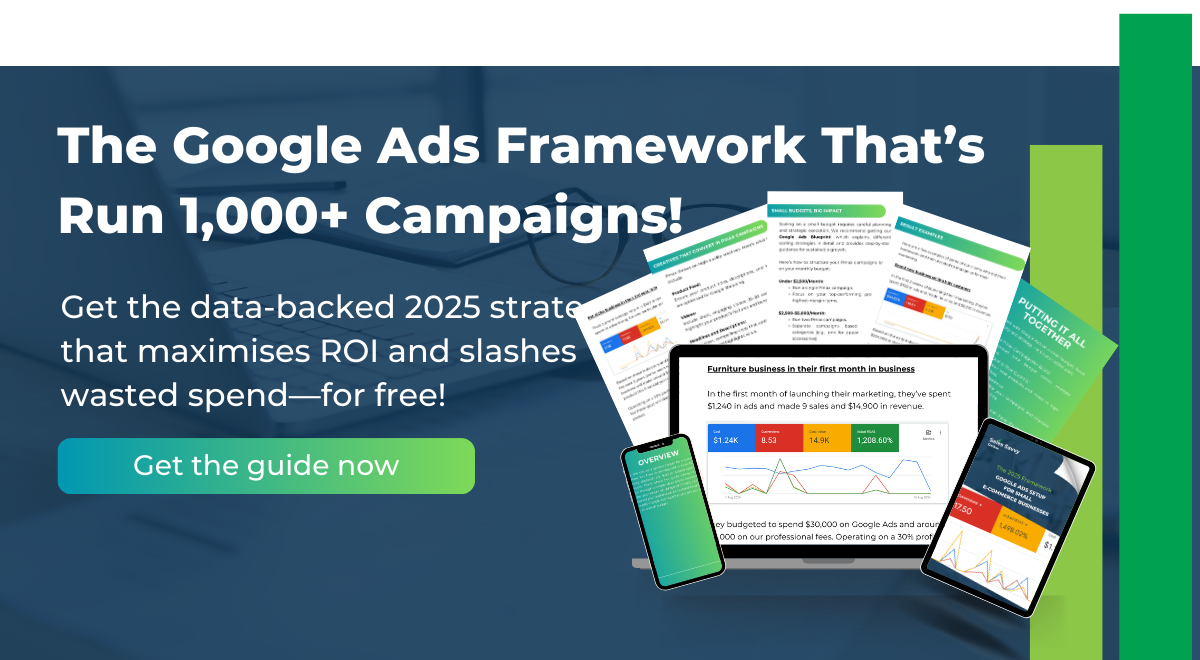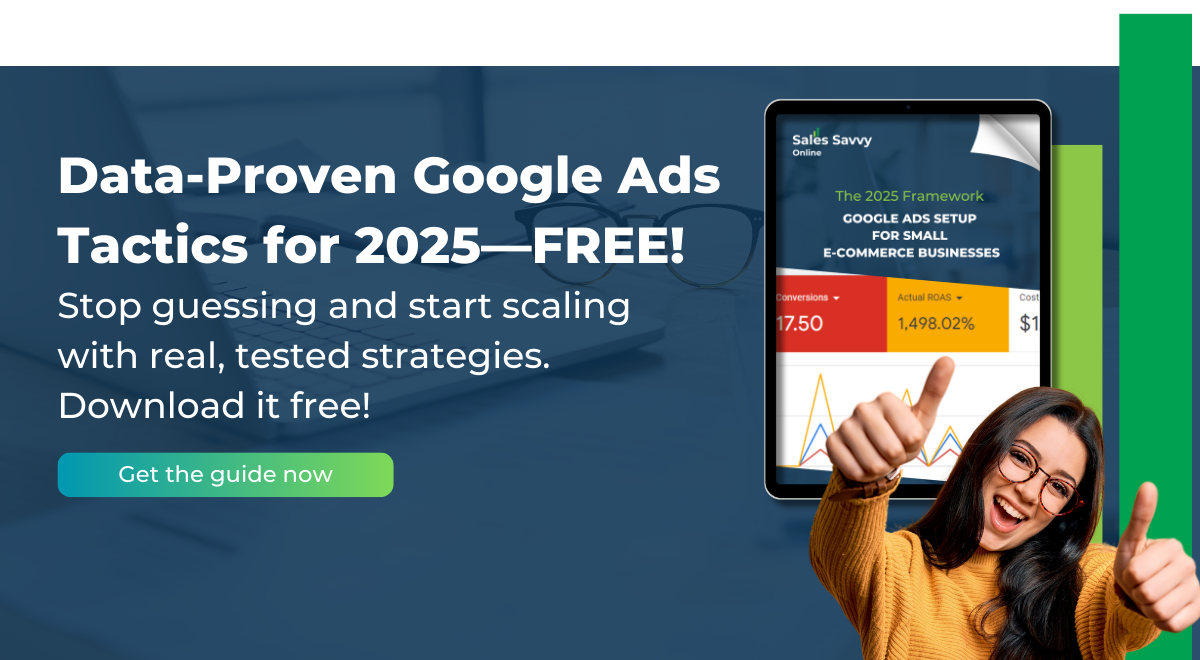Struggling to get your P Max campaigns to perform? You’re not alone. Many early-stage e-commerce business owners find P Max campaigns confusing—especially when trying to maximise their return on investment. This guide breaks down how to set up, optimise, and scale your P Max campaigns so you can stop wasting ad spend and start seeing real results. By the end, you’ll have actionable strategies to drive more traffic, generate conversions, and grow your store efficiently. Let’s dive in.
Understanding P Max Campaigns and Why They Matter
P Max campaigns are Google’s most advanced ad format, designed to automate and optimise ad placements across multiple channels. They use machine learning to ensure your budget is spent where it’s most effective. Unlike traditional campaigns, P Max dynamically adjusts creative assets and audience targeting based on real-time data, helping e-commerce entrepreneurs like you reach more potential customers without the hassle of manual optimisations.
Why P Max is a Game-Changer for E-commerce
- Automation that works – P Max uses AI to refine targeting, placements, and bidding strategies for maximum performance.
- More reach, less effort – Ads run across Search, Display, YouTube, Gmail, and more, giving you access to multiple Google networks in one campaign.
- Data-driven decisions – Insights from Google’s algorithm allow you to tweak and refine campaigns based on actual user behaviour, leading to better conversions.
Setting Up a P Max Campaign That Works
To get the most out of your P Max campaign, it’s important to set clear goals, choose the right audience, manage your budget wisely, and ensure your creative assets stand out.
1. Define Your Campaign Goals
P Max works best when you have a clear objective. Are you looking to drive sales, boost brand awareness, or capture leads? Aligning your campaign goals with your business strategy ensures Google’s automation focuses on what matters most to you. If you are not sure how to do this, it is a smart decision to engage professional Google AdWords management services or look for a Google Ads marketing agency to work with.
2. Choose the Right Target Audience
Google’s AI does a lot of the work, but you can help it by providing audience signals—things like past purchasers, website visitors, or lookalike audiences based on customer behaviour. The more data Google has, the better it can optimise your campaigns.
3. Manage Your Budget and Bidding Strategy
- Start small and scale – Don’t throw your entire budget in upfront. Begin with a test phase and adjust as you gather insights.
- Use automated bidding – P Max is designed to work best with Smart Bidding strategies like Maximise Conversions or Target ROAS.
4. Optimise Your Creative Assets
Since P Max pulls assets dynamically, high-quality visuals and engaging ad copy are key. Make sure your images, videos, and headlines align with your brand and resonate with your target audience.
Optimising P Max Campaigns for Better Results
Once your campaign is live, ongoing optimisation is crucial. Here’s how to make sure your ads keep performing.
1. Leverage Google’s Automated Insights
Google provides real-time performance insights. Use them to see which creatives, placements, and audiences are delivering the best results, and adjust accordingly.
2. Adjust Targeting and Budget Based on Performance
Regularly review your campaign metrics and make changes where needed. If certain audience segments are converting better, shift more budget towards them. If specific creatives are underperforming, swap them out.
3. Track Key Metrics to Measure Success
Keep a close eye on:
- Click-through rate (CTR) – How often people are engaging with your ads.
- Conversion rate – How many clicks are turning into actual sales.
- Return on ad spend (ROAS) – Are your ads bringing in more revenue than they cost?
Advanced Strategies for Scaling P Max Campaigns
Once you’ve got a solid campaign running, it’s time to scale. Here’s how:
1. Use Audience Signals to Improve Targeting
Providing Google with more first-party data—such as customer lists and past purchasers—helps it refine its targeting. The better the audience signals, the more effective your ads.
2. Incorporate Seasonal Trends
Running a home decor store? Push festive-themed ads during peak shopping seasons. Selling fashion? Align campaigns with seasonal trends. P Max adapts, but giving it strong signals improves performance.
3. A/B Test Your Ad Creatives
Google will optimise assets automatically, but you should still test different visuals, headlines, and messaging to find what resonates best with your audience.
Common Pitfalls in P Max Campaigns (and How to Avoid Them)
Even with automation, mistakes can derail your results. Here’s what to watch out for:
1. Misaligned Goals and Strategies
If your campaign objectives aren’t clear, Google won’t know what to optimise for. Make sure your goals match your ad strategy.
2. Ignoring Performance Insights
P Max provides valuable performance data—use it. Regularly check Google’s reports to see what’s working and tweak your campaign accordingly.
3. Poor Creative Quality
Since P Max relies on multiple assets, bad visuals or weak ad copy can hurt your results. Invest in high-quality creatives to make the most of your campaign.
Real-World Success Stories with P Max
Many e-commerce businesses have seen great results using P Max campaigns. For example:
- A boutique fashion brand increased its ROAS by 40% after fine-tuning audience signals and improving creative assets.
- A home goods store used seasonal promotions in P Max and saw a 30% increase in conversions during the holiday season.
Final Thoughts: Is P Max Right for Your E-commerce Store?
If you’re looking to scale your Google Ads performance without micromanaging every detail, P Max is a powerful tool. By leveraging automation, refining audience signals, and optimising creative assets, you can drive better results while keeping ad management simple.
The key? Stay proactive. Regularly monitor your data, tweak your targeting, and test new creatives. With the right approach, P Max can be a game-changer for your e-commerce business and you’ll be a Google Adwords Expert in no time!
Ready to optimise your campaigns? Start testing P Max today and see how it can elevate your advertising game! If you want more in-depth info about everything Google Ads for e-commerce, make sure to read our hand guide: “The Ultimate Guide to Google Ads Success For E-Commerce”



